Fun and Easy Facts About the White House
As the longtime home of the U.S. president and the location of countless momentous decisions and historic moments, 1600 Pennsylvania Avenue is immediately identifiable and familiar to any American—and plenty of non-Americans, too. But as well as you know it, how well do you really know the White House?
It turns out, the White House is not only home to the president, but home to a number of surprising facts. For example, did you know the residence has a chocolate shop, a florist, and a seriously famous ghost? Probably not. So the next time you're eager to regale your friends with your political knowledge, put these amazing White House facts to good use. You'll probably also want to share a few of the 25 All-Time Greatest One-Liners by Politicians.

First and foremost, the White House is a mansion. Consider this: The White House Residence spans six floors and includes 132 rooms and 35 bathrooms. That makes for 412 doors, 28 fireplaces, eight staircases, three elevators, and the setup for an epic game of hide-and-seek. Wondering how much a place like that would cost? A recent appraisal valued the property at just under $400 million. For more fun Americana, check out the 50 Facts About America That Most Americans Don't Know.

The White House was designed by James Hoban, an Irish architect who began his stateside career in Philadelphia in 1785. Think you know all there is to know about the United States? Find out with the 28 Most Enduring Myths in American History.

The name wasn't officially adopted until 1901, when Teddy Roosevelt decided to change it from the "Executive Residence." He noted that state governors had executive residences, and he wanted to make sure that the POTUS's residence had a more distinguished title.

Though George Washington was responsible for commissioning the construction of the White House, choosing the site, and approving its design, he never actually lived there. That honor went to president number two, John Adams.
Washington's term ended in 1797, three years before the White House was completed in 1800. He died in 1799, meaning he never set even set foot in the completed building. He is the only U.S. President to have not lived in the White House. And for more great history lessons, check out the 20 Crazy Facts You Never Knew About One Dollar Bills.

Nobody likes moving day, but you can bet yours is nowhere near as stressful as moving day at the White House. It all takes place as soon as the sitting president leaves the White House for the president-elect's inauguration ceremony. From then, staffers and movers have five hours to move out all of the sitting president's belongings and move in the belongings of the president-elect. Not only is furniture changed and artwork swapped, but the walls are even repainted too, as per the requests of the incoming first family. All in five hours!

Since Michelle Obama struck a nerve by expressing her feelings about waking up every day in a house built by slaves, this White House fact has become common knowledge. And it shouldn't be surprising considering the state of the U.S. at the time the White House was built. White House records show that African American slaves were trained on the spot to fill certain capacities, such as quarryman, brick-maker, and carpenter.

Sure, one of the perks of being president is living rent-free, but that hardly makes up for the hefty expenses that come with moving into the White House. Despite making a six-figure salary, the President is still responsible for paying for all meals, at the White House and elsewhere, all events (and the wages for those working the events), and even transportation. Many presidents have left the White House in serious debt, such as Bill Clinton, whose debt totaled between $2.28 million and $10.6 million by the time he left office.
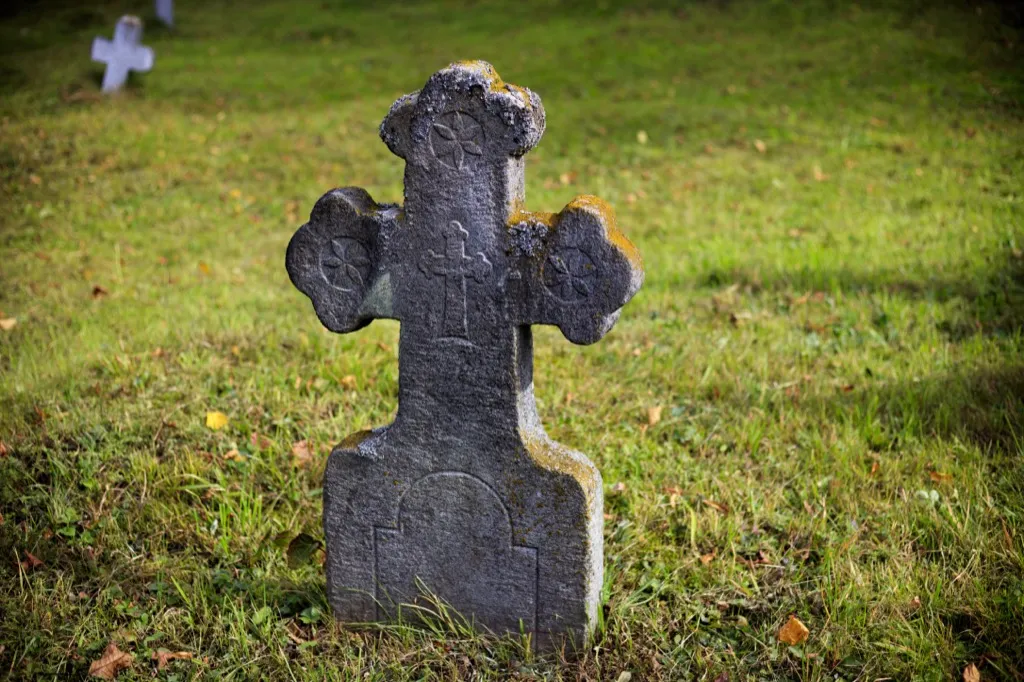
Presidents William Henry Harrison and Zachary Taylor both died in the White House. Three First Ladies—Letitia Tyler, Caroline Harrison, and Ellen Wilson—passed away there, too. To date, a total of 10 people have died within the White House walls. If that made your ears perk up, check out The Weirdest Urban Legend in Every State.
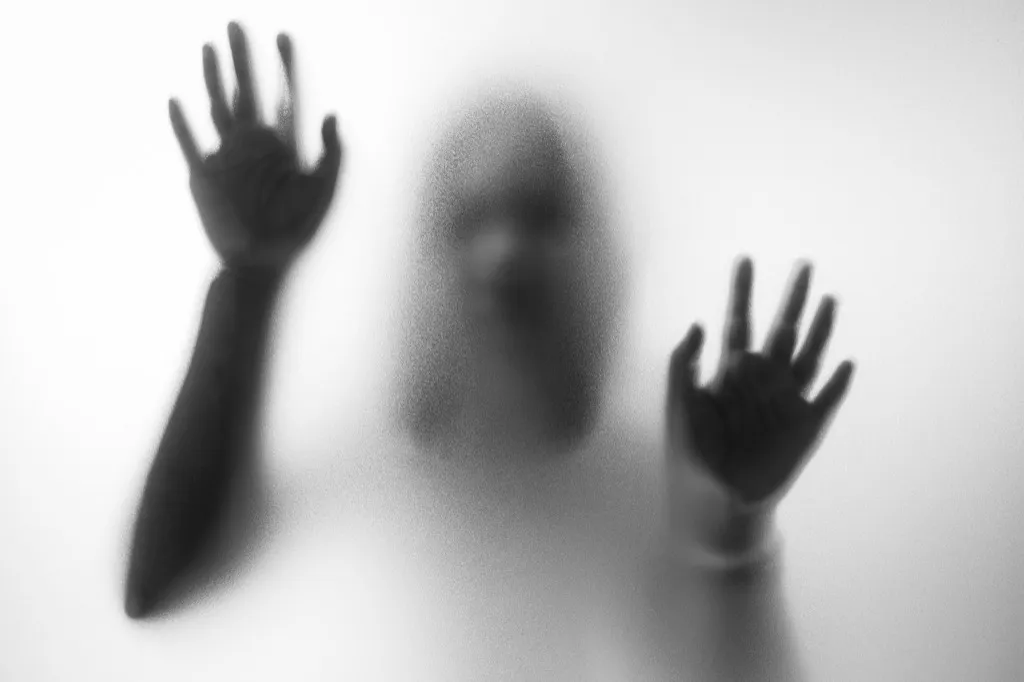
If there's anything to be learned from horror movies, it's that old buildings are often haunted. Obviously, this doesn't bode well for the White House. Staffers, guests, presidents, and first ladies have all claimed to have experienced paranormal activity during their time there. Rumor has it that Abraham Lincoln's ghost still haunts the home. In fact, there have been reported sightings of our sixteenth President's specter in the White House since 1903. And for more truth bombs, here are the 20 Crazy Facts That Will Blow Your Mind.

What purpose could 132 different rooms possibly serve? Well, it turns out some of the past residents have come up with quite creative ways to fill these spaces. Harry Truman, for example, commissioned the White House's first bowling alley. FDR oversaw the transformation of a cloakroom into a 42-seat movie theater. Hillary Clinton even converted one sitting room into the Music Room so that her husband could play the saxophone.
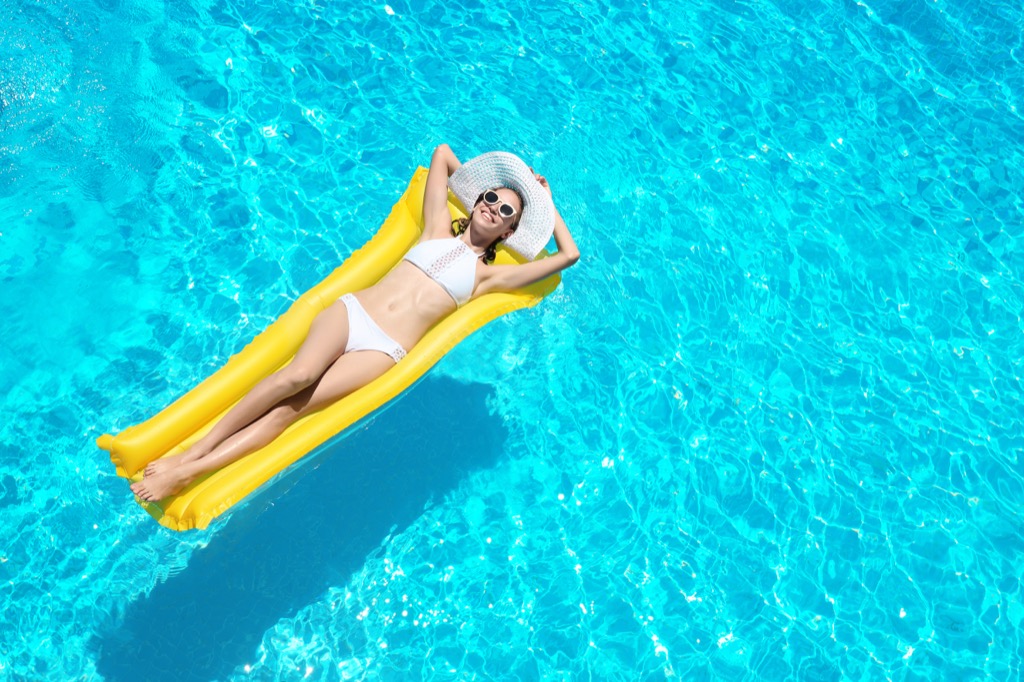
While the White House still has an exterior pool, its interior pool is now hidden beneath the floors. The indoor pool, which opened in 1933 for use by then-President Franklin D. Roosevelt, is underneath the current James S. Brady Press Briefing Room.

If anyone in the White House deserves caffeine, it's the press (not including the President, of course). So you can imagine Tom Hanks' shock when, on his first tour of the White House in 2004, he found the press room to be missing a coffee machine. And as the kind man he is, he bought them one. Six years later, he sent them a new one after noticing it was getting run down. Finally, in 2017, he sent the White House press corps a third gift. This time, it was a $1,700 espresso machine, along with a note reading "Keep up the good fight for truth, justice, and the American way. Especially for the truth part."
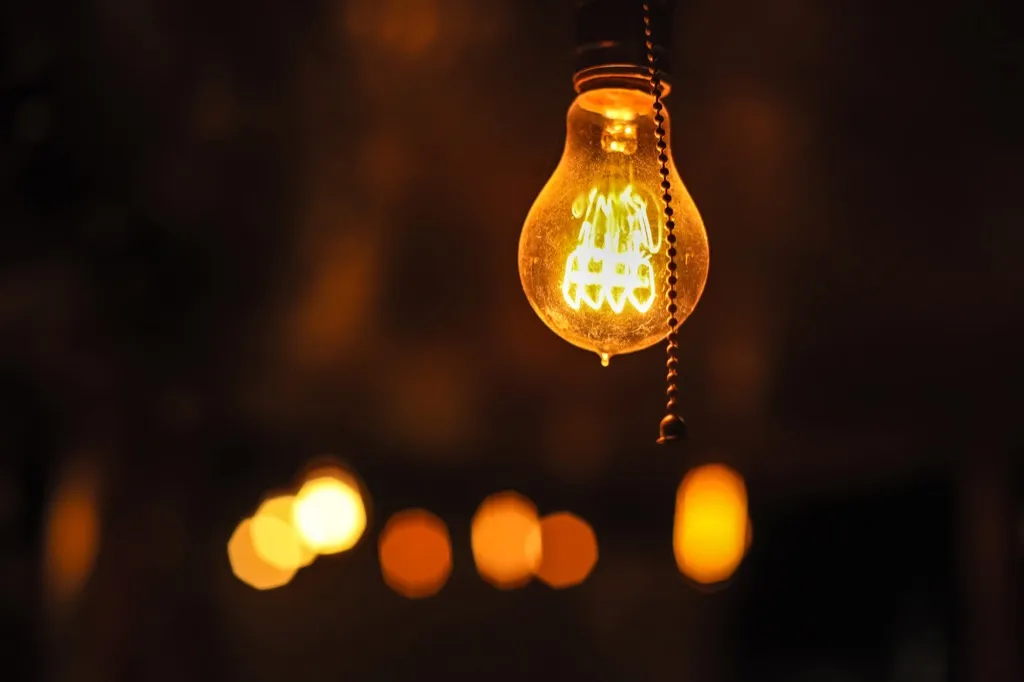
The White House was entirely lit by gas lights until 1891, when electricity was first installed. And as electric lighting was still a fairly new concept, the leader at that time, President Benjamin Harrison, was skeptical of the dangers and worried he would be shocked if he touched a light switch. His solution? He never once touched one himself.

While George Washington never lived in the White House and was long dead before the Oval Office was first used in 1909, Washington was an inspiration for the room's unusual shape. Washington reportedly insisted upon having rounded walls in his Philadelphia home so that it would be suitable for hosting formal gatherings, or levees. This design was followed when the Oval Office was constructed, although such formal receptions are no longer hosted in the space.

While John Adams moved into the White House in 1800, it wasn't until 1833 that indoor plumbing was installed. However, it wasn't until 1853 that all of its bathrooms had hot and cold water run to them.
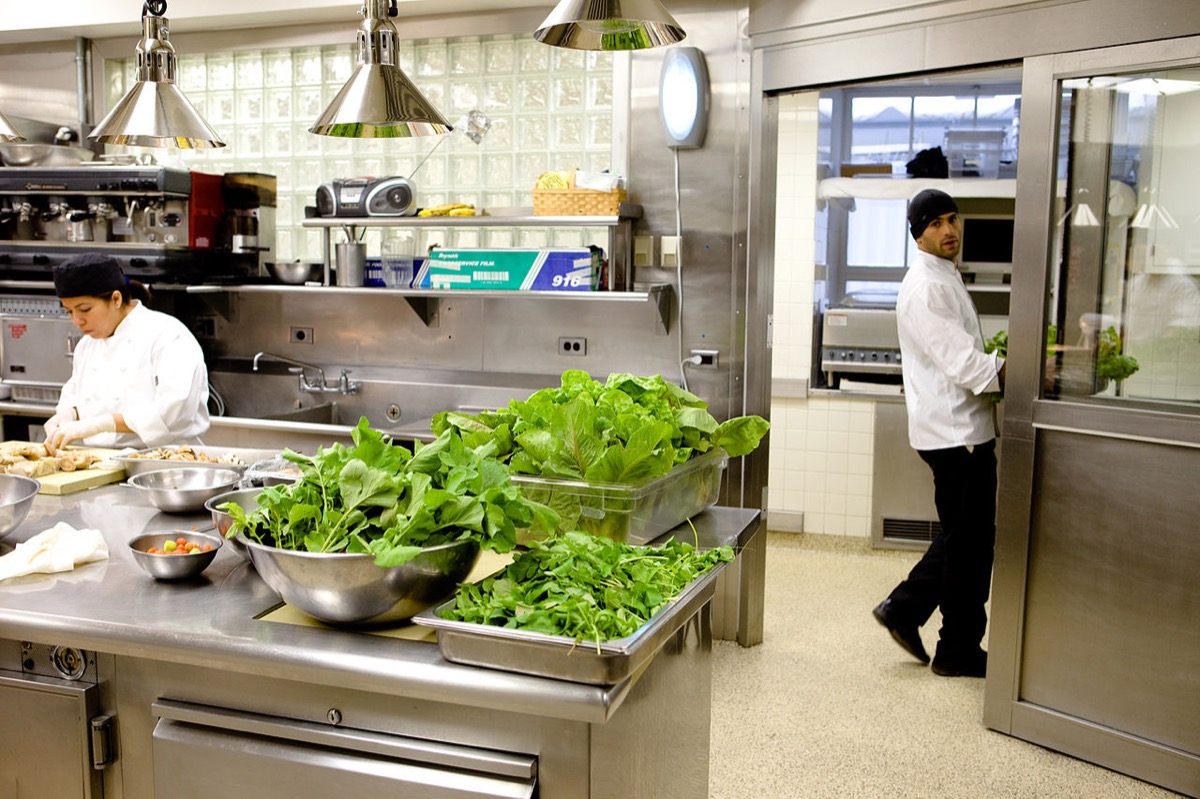
The executive residence has hosted its fair share of parties, including many banquets. The State Dining Room is the larger of two dining rooms in the White House and can seat up to 140 guests. Otherwise, the kitchen can serve hors-d'oeuvres to as many as 1,000 people. The White House kitchen is staffed by some of America's greatest chefs, who adjust their menus to the President's taste. Some requests include pork rinds covered in Tabasco for George H.W. Bush and Coca Cola-flavored jelly for Bill Clinton.

If you think back long and hard to your middle school history lessons, you'll remember that during an invasion in 1814, the British burned the White House down. Only 14 years after the original construction was finished, the same architect, James Hoban, was tasked with rebuilding. The White House 2.0 finally finished in 1817, though Hoban would return on occasion in the following years to add porticos on the north and south sides.

While it's unlikely that you can host your own nuptials there, there have been a number of weddings at the White House since it was first built. In fact, eighteen couples have gotten married at the White House, the most recent of whom tied the knot in 2013.

When Michelle Obama's biography was recently published, readers were shocked to learn about the lonely, confining rules of living in the White House. In one detail, she revealed how she was never allowed to open a window in her own home. Residents are constantly monitored and not allowed to go anywhere alone, which can feel quite straining. President Truman called it a "great white jail" and a "glamorous prison." Julie Nixon complained of a lack of privacy due to the press and the guards.

If the president loses a crown, he won't have to go far to get it replaced. Seriously: There's a dentist's office in the basement of the building. In fact, the basement is essentially a mini-mall! With a chocolate shop, a florist, a carpenter, and more, there's little need for the residents to ever leave. The basement level is also where you'll find Nixon's bowling alley and Dwight Eisenhower's broadcast room.

After plans with French architect Pierre L'Enfant fell through, George Washington opened a contest to find a replacement design for the White House. The winner was an Irish immigrant named James Hoban, who, it turns out, was greatly influenced by a building in his native Ireland. The Leinster House, in Kildare, Dublin, strikingly resembles the American monument in several ways, including a triangular pediment supported by four columns, dentil moldings, and opposite-facing chimneys.

Just outside of Bordeaux in the Perigord Noir region of France is the Chateau de Rastignac, a building that also bears an impressive resemblance to the White House. The building's records were mostly destroyed after the chateau was torched during World War II, but some claim that it was the inspiration for Thomas Jefferson's remodel of the White House during his two terms in office. Jefferson spent significant time in France as the U.S. Minister Plenipotentiary.

Franklin Delano Roosevelt is the man responsible for making the White House entirely wheelchair accessible. Today, it's common knowledge that FDR was paralyzed below the waist due to polio, but at the time, he kept his condition hush-hush. His additions of elevators and ramps made the White House one of the first wheelchair-friendly buildings in Washington.

Because of the Great Depression, Roosevelt had very little budget for annual repairs to the White House, and as a result, the building was literally collapsing. Nobody had realized how structurally unsound the old building was until engineers working on President Truman's balcony in 1948 found that, not only were the floorboards cracking and swaying beneath people's feet, the building's weakened wooden beams were at risk of giving way at any moment.

Most of what we associate with the White House takes place in the West Wing; there's the Situation Room, the Cabinet Room, and of course, the Oval Office. However, none of that existed before Teddy Roosevelt called to have an executive office building built alongside the Residence in 1902. He moved his cabinet into the West Wing immediately, but not himself. It wasn't until 1909, when President Taft doubled the Wing's size, that the Oval Office was included. Taft was the first president ever to use it.

Part of the routine upkeep at 1600 Pennsylvania Avenue is making sure the White House stays true to its name. That means repainting every now and then to maintain its bright, white exterior. And that's a task that requires a whole lot of paint. At 55,000 square feet, it takes 570 gallons of paint to cover the entire surface. Naturally, painting isn't the only maintenance required at the White House. In fact, between $750,000 and $1.6 million is spent on maintenance each year.

When the first family moves into the Executive Residence, they take their pets with them. The White House has seen its fair share of cats and dogs, but it's also housed a number of more unusual pets. When the Coolidges were sent a raccoon to cook for Thanksgiving dinner, they opted instead to keep it as a pet, naming her Rebecca. President Harrison kept two opossums named Mr. Protection and Mr. Reciprocity. The craziest pets, though, were a pair of tiger cubs gifted to President Van Buren.

Like all high-profile buildings, the White House has a secret entrance for the president and secret visitors. It opens onto H street in Washington D.C. and passes through two tunnels and an alleyway before arriving at the White House basement. This secret entrance was designed in part as a response to World War II, as was an underground bomb-shelter the was built beneath the White House.

The book "The Residence" by Kate Anderson Brower, which was published in 2015, takes a look at the lives of the White House service staff and reveals the hidden world of what they call, simply, "the house." One of the particularities revealed in this book is that open staff positions are never advertised. All employees are found via word-of-mouth or recommendations. As a result, many employees belong to families that have been working in the White House for generations.
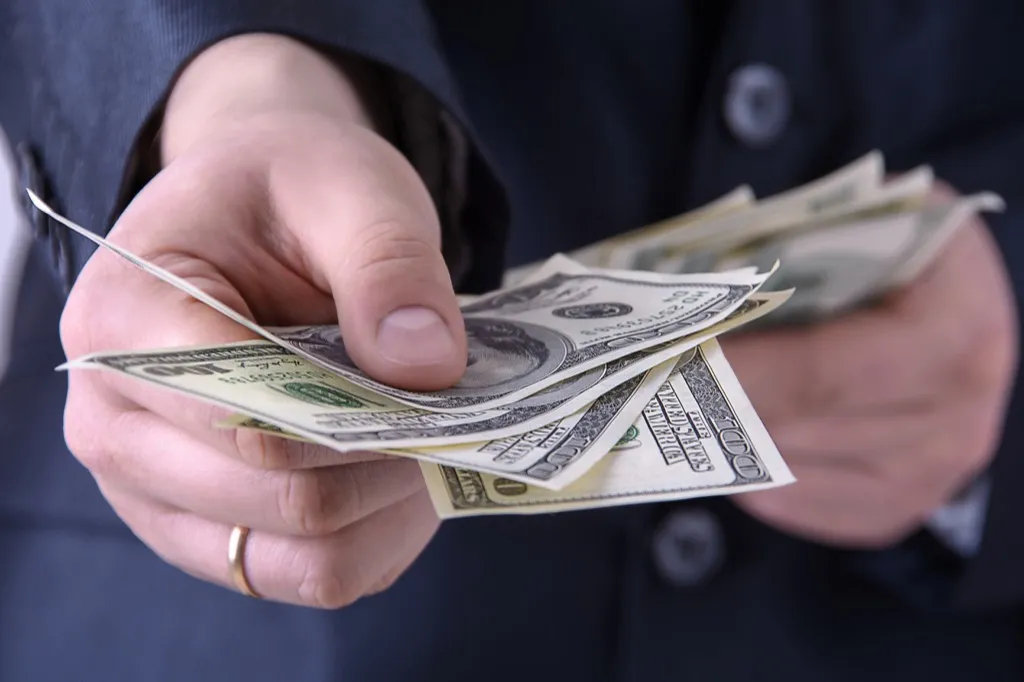
While you might assume that being the Commander-in-Chief means that everything at the White House is free, you'd be wrong. In fact, presidents and their families pay for meals, dry cleaning, hair and makeup, and staffer for parties.
To discover more amazing secrets about living your best life, click here to sign up for our FREE daily newsletter !
schwartzboakist86.blogspot.com
Source: https://bestlifeonline.com/white-house-facts/
0 Response to "Fun and Easy Facts About the White House"
Post a Comment